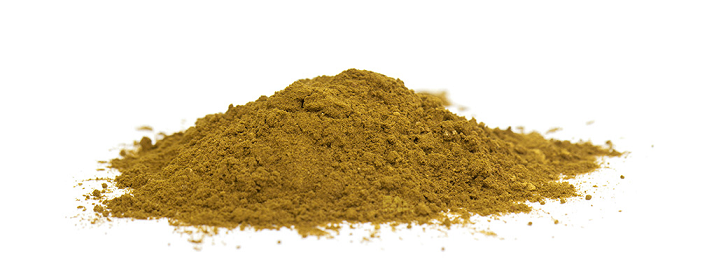How to Stay Calm In Stressful Situations!
In this day and age, many of us have stressful lives. We have high-demand jobs (that go home with us), kids to raise, and/or people we feel the need to impress. The fast-paced, wifi connected world can take its toll on you.
When you’re under high-stress, the peak moments can be enough to send you over the edge. The right techniques are critical in these moments.
Here are a few tested and proven approaches to get you through those tough times:

Relax Your Muscles
When nervous or stressed, it’s common to hunch forward, clench hands, shoulders, or various muscles in your body. Take a moment to do a quick body scan concentrating on each major part of your body.
Start with your head and work your way all the way down to the feet. Every time you reach a tight or tense muscle, breath out and let the tension melt away. It’s helpful to practice this technique before your in a high-stress environment. This will make it easier to do in a high-stress situation.
If you need some assistance, consider using guided meditation app such as Calm or Headspace.
Deep Breaths – From Abdomen

If your heart is racing before a big speech or presentation, deep breathing is always your friend. Try breathing-in to the count of four, hold for four, then breath out for four. This process will feel unnatural at first but you’ll notice the stress start to ease away after the 3rd to 4th breath. Continue until the anxiety passes.
Chew Gum
This technique isn’t an option in every scenario. Please be mindful of others to determine whether this is a good time to be chewing gum. For instance, in a job interview, chewing gum probably won’t give off the best first impression.
However, if the situation is right, chewing gum or eating could help reduce the feelings of stress and anxiety. One study had results that suggest chewing gum can lead to improvement in anxiety, mood, and fatigue.
Focus on an Object
When the mind is racing and the feelings of anxiety feel like they are taking over, try focusing on a single object in the room. This could be a laptop, a piece of paper, or a notepad. Study it. Come up with five different things you notice about the object. If you are studying a laptop, you may notice it has a dark grey color, is made of smooth plastic, has slightly contoured keys, has a circular power button with a green light in the middle, and it has the manufacturer logo to the right of the touchpad.
Notice how these are not observations about what is on the computer screen. This exercise is designed to help you focus on easy to interpret senses to break the spiraling negative-thought cycle.
Develop a Mantra & Repeat it
Come up with an easy-to-remember phrase to repeat before and during stressful situations. The mantra can be something like “this too shall pass.” This phrase when repeated can help you remember that each moment will pass, just like the last.

Similar to the other technique above, this exercise is intended to break the anxiety-ridden negative thought loop.
Consider Taking Adaptogens
Adaptogens have grown in popularity in the west over the last decade, but they have been used in Ayurvedic medicine for thousands of years. Adaptogens help bring the body back into a state of balance.

Ashwagandha is one of the most popular adaptogens. It’s known for its stress and anxiety reducing properties. One study showed its ability to reduce cortisol levels, leaving patients less stressed. While it’s not a magic solution, trying ashwagandha for stress and anxiety might be worth a try.
Stop ANTs (automatic negative thoughts)
Pay close attention to your automatic negative thoughts. Don’t worry, we all get these. Thoughts like “I’m going to embarrass myself,” or “I have no idea what I’m doing,” may clank around in your head during times of pressure.
While you can’t completely stop these thoughts happening, you can control how you respond to them. How you respond to them is what matters. When these stupid thoughts surface, respond back rationally. For instance, if you have the thought “I have no idea what I’m doing,” your response could be “I’m taking actions based on everything I know up to this point. That is the best I can do in the current situation. I can always learn more and do more as new information arises.” The way you talk to yourself has an impact on your career, relationships, and friends.
In Closing
Some of these techniques are simpler than others, and you may find some work for you while others don’t. That’s expected. Keep trying new approaches and keep practicing. It will get better over time.
Also remember, the stress won’t go away overnight. Be aware of the aspects of your life that led to the most stress and focus on ways to reduce the causes. While the techniques above can help you work through the symptoms of stress when times are tough, you also need to focus on the root cause of your stress.
Bio
Marc is the creator of Mindful Searching, a content site dedicated to providing accurate information to improve mental health. Marc has improved his brain health through self-experimentation over the last 9 years. Curiosity is his driving force.

These are such good tips and I really need to practice more on them on a regular basis. Thank you.
HI Rosie,
I am so glad you found my tips helpful. We probably all need to practice relaxing everyday with our stressful lives that many of us live. Thanks for stopping by and commenting. Have a healthy, happy & blessed day!